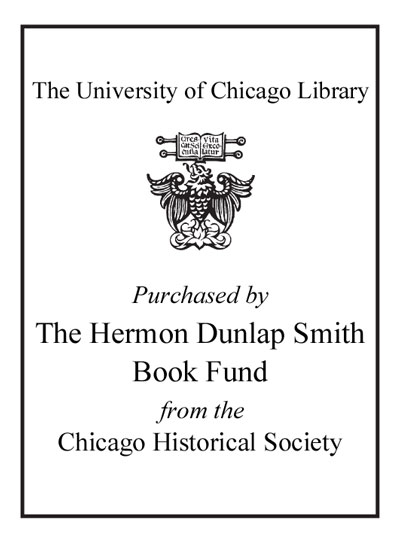Review by Choice Review
The seminal year in Francis (Frank) Stella's young life was arguably 1958. At 22, this history major working in William Seitz's open painting studio created a series of works, later known as "Black Paintings," that would break his bonds to abstract expressionism and anticipate minimalism. Stella's attraction to the objectivity of artworks began before he arrived at Princeton, nourished by his formal art and art historical training. He became close friends with painter Walter Darby Bannard, and he worked with Stephen Greene, Princeton's first resident artist. Stella mimicked the gestural manner of Franz Kline, but it was the work of Jasper Johns that most impressed and influenced him. Stella first encountered Johns's work in 1957 in reproductions; later that year, he saw the real work at a Jewish Museum group exhibition. The flag paintings feed directly into Stella's seminal work of 1958 and to this exhibition catalog organized by Harvard's Fogg Art Museum. There is excellent balance between fine color reproductions of the works and the two major essays: "Objecting to Things," by show organizer Luke, and "What You See and What He Said," by Cooper, curator of modern art at Harvard University's art museums. Summing Up: Highly recommended. Lower-division undergraduates through faculty. J. Weidman Nelson-Atkins Museum of Art
Copyright American Library Association, used with permission.
Review by Choice Review

